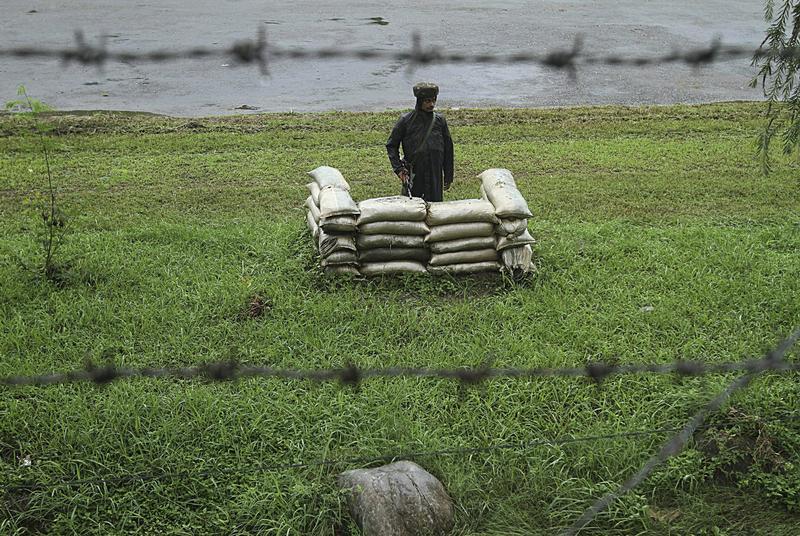India-Pakistan border flare-up a zero-sum game
At places along the Line of Control (LoC), barely a wire separates the Indian soldier and his Pakistani counterpart. The genesis of the recent flare-up was the killing of five Indian soldiers on the Indian side of the LoC. The media blitz in Delhi found more fodder with a spike in infiltration attempts and exchange of fire beyond the LoC at posts across the international border.
Hostilities reached their peak with the detection and elimination of a rather large group of infiltrators in the Keran sector north of Srinagar. In between, the militant groups in Kashmir valley seemed to have drawn inspiration and staged a well-executed attack on a police post and an army unit in Jammu and Kashmir, deep inside Indian territory.
What are the possible reasons for this spurt? Are these tactical with local commanders acting in isolation, or do they reflect a strategic design?

The first assessment, well-nigh obvious, is that these are not localized incidents exacerbated by the enthusiasm or retaliation of junior commanders. Their sheer spread and intensity are indicators of the plot having been written deep inside Pakistan; possibly at the headquarters of the Inter-Services Intelligence (ISI). Further, the use of mortars at the LoC would have required permission from the headquarters of the Pakistan army.
The obvious strategic rationale for orchestrating violence across the LoC is internationalizing the Kashmir issue. As the graph of violence rises, the concern of the international community about this hot spot, lying astride the borders of two nuclear states, escalates. Incidentally, Pakistan Prime Minister Nawaz Sharif was in the United States at the time, seeking U.S. intervention in Kashmir.
For the new democratic dispensation at Islamabad, there was perhaps also the necessity of reassuring the power blocs in Pakistan: the army, ISI and the jihadi establishment; of the government’s continued tolerance, if not patronage.
The terror establishment in the Kashmir valley hasn’t had a spectacular success for long. The attack on an army unit refurbishes its image and rejuvenates morale, although it might be inadequate for boosting recruitment in its ranks.
On the Indian side, media pressure seems to have influenced the response and created a catch-22 situation. If punitive retaliation was not declared, the media-instigated frenzy would have led to citizens baying for the government’s blood.

The question that arises is what should be the Indian response in terms of the bilateral relationship. The answer is that even nations at war have kept channels of communications open, and so should it be; however, at a substantially lower level.
Both parties can pursue trade and commerce as India awaits a stronger Pakistan government to pull the nation out of the grip of terror. Meanwhile, the hopes that Nawaz Sharif had generated in the Indian polity and informed citizenry have gone up in smoke.
Source Reuter







Comments are closed.